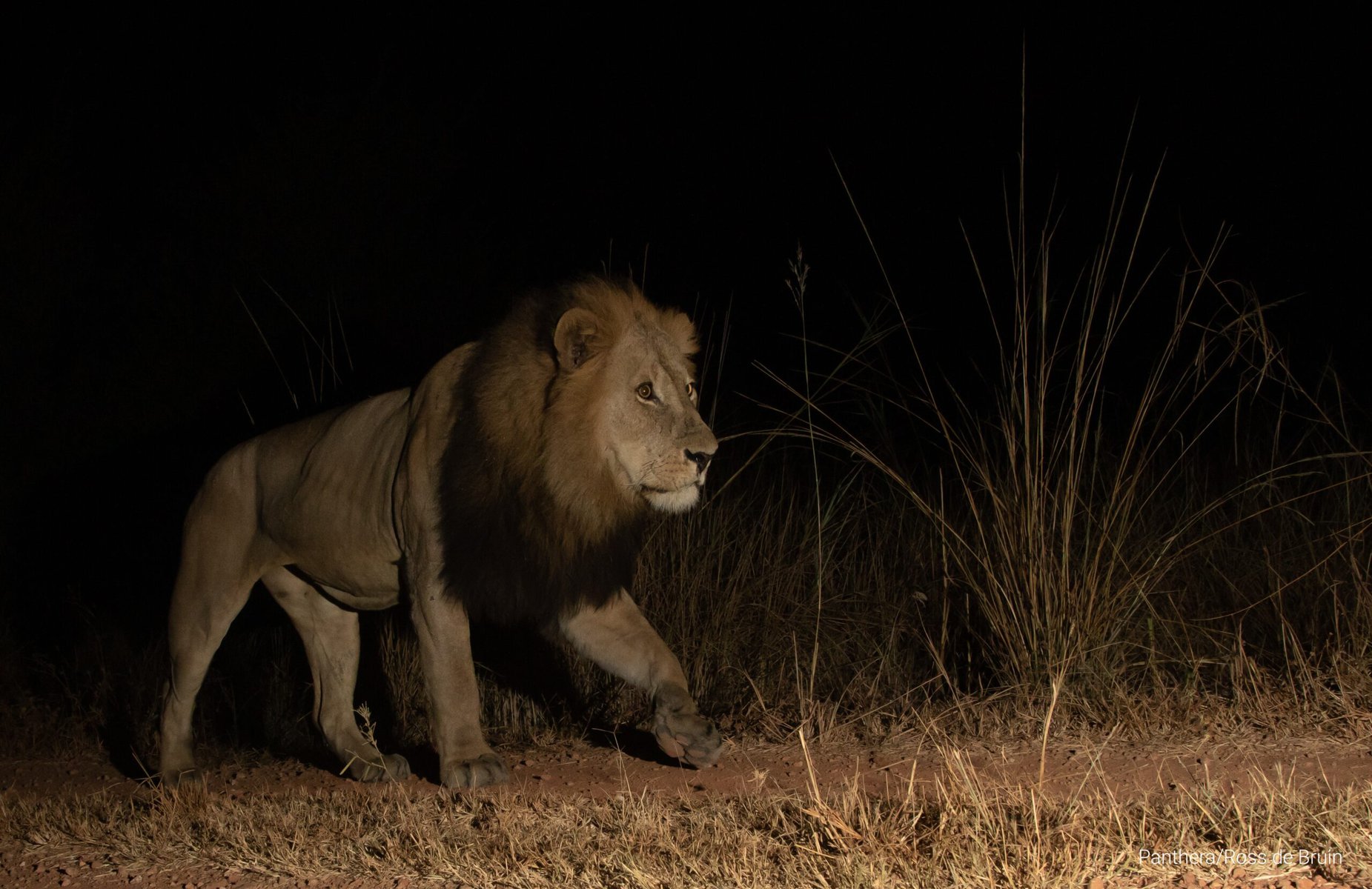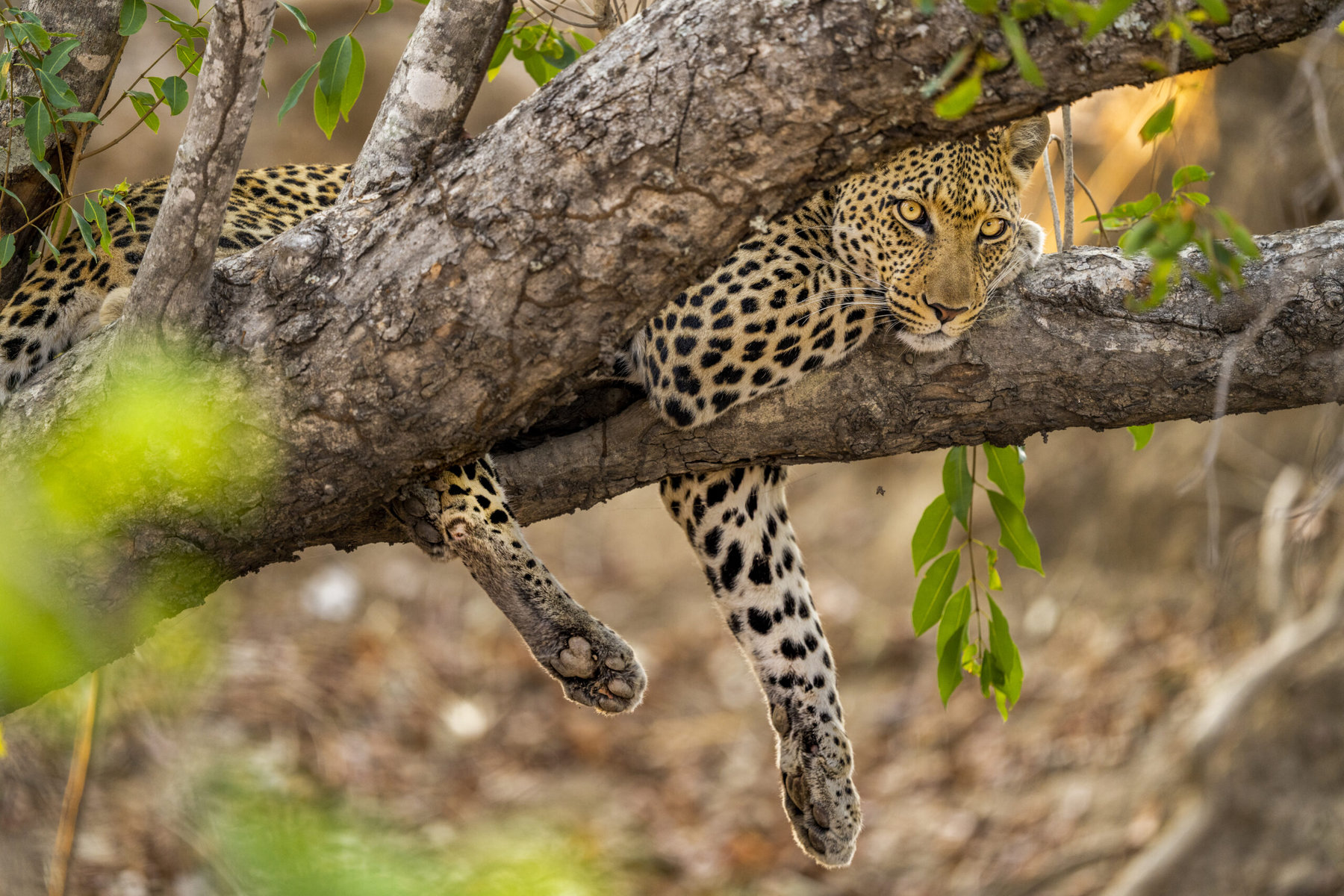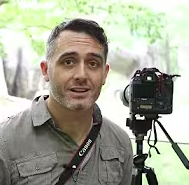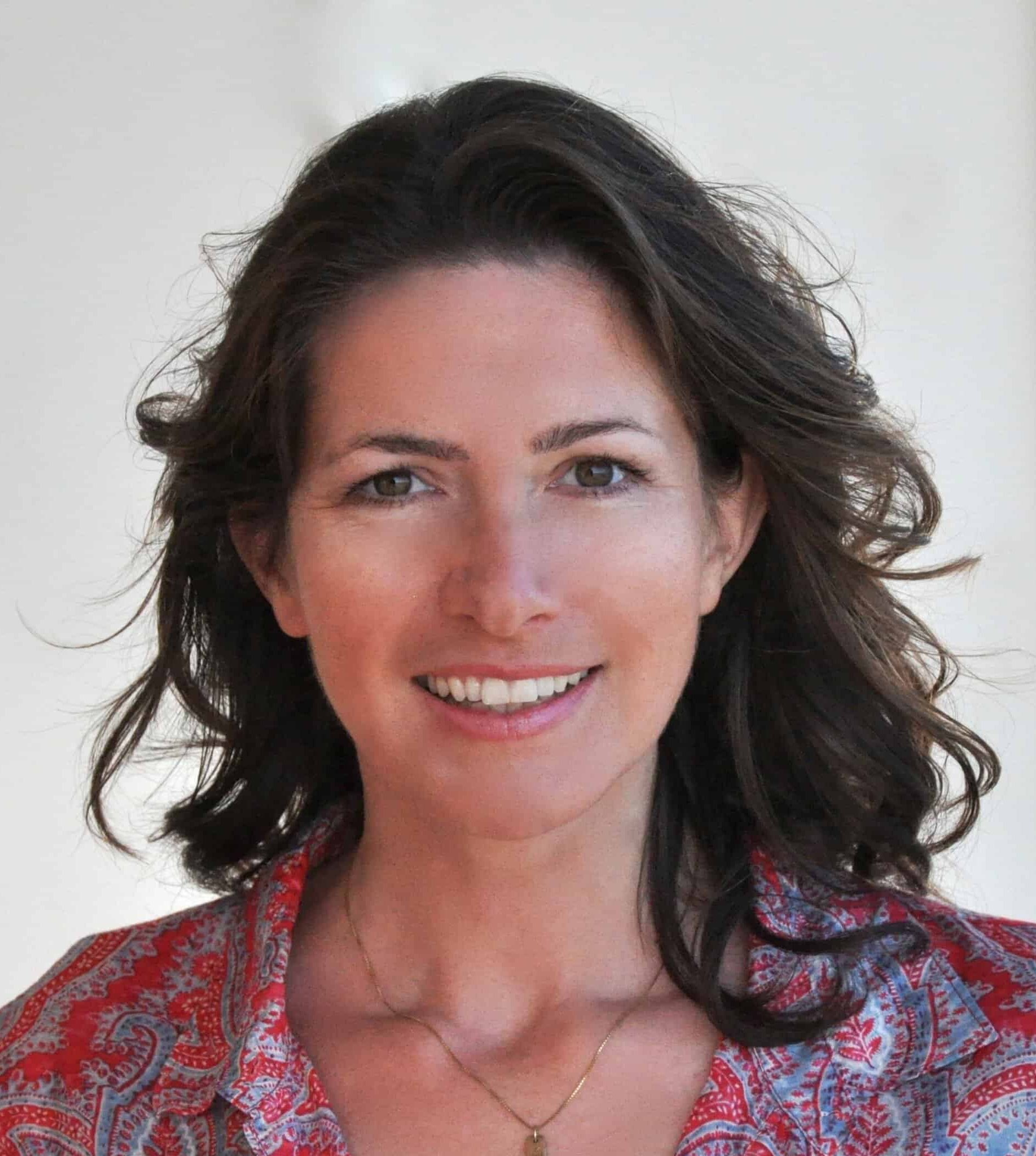By Michaela Haas
Corinne Kendall is already planning the next vulture buffet: This November, her team will lay out a goat carcass surrounded by traps in Kafue National Park, Zambia, then hide behind bushes. When a kettle of white-backed vultures has landed to dig into their dinner, some of the mighty birds walking around the carcass will get a foot caught in one of the nooses. The scientists will throw a towel over their heads, capture about ten of the scavengers and mount satellite tags on their backs.
“We don’t dart or anesthetize them,” Kendall, the curator of conservation and research at the North Carolina Zoo, explains. “It’s a quick process; within 15 minutes, they fly away and return to their usual routine.”
As the vultures fly over Africa’s third-largest national park, their satellite tags send geo signals, effectively turning the birds into unwitting research assistants for the scientists.
With the scavengers’ help, Kafue National Park has managed a spectacular comeback. After half a century of poaching, the park had lost three-quarters of its wild cats. A concerted effort has turned things around: while leopard and lion populations have dwindled to worrying numbers all across Africa, leopard numbers have tripled in Kafue National Park over the last four years, and the number of lions (currently about 200), cheetahs, other big cats and elephants are stabilizing or increasing.
“To start seeing some recovery in populations is remarkable progress for this collaborative program,” says Kim Young-Overton, the region’s program director of the nonprofit Panthera, a global wild cat conservation organization that partners with the North Carolina Zoo on the vulture program. “The vultures are stewards contributing to a much larger conservation program.”

Usually, cats and birds don’t play on the same team, but the lions and vultures are united by a common threat: poisoning. Ninety percent of vultures die by poisoning in Africa because they feed on carcasses. When tagged, they serve as early-warning systems, pinpointing locations of potential poisonings. When the geotags send troubling signals to monitoring teams on the ground, such as a bird not moving, rangers can mount a fast response and race or helicopter to the site to investigate. “A single poisoned carcass can wipe out an entire pride of lions or 60 to 70 vultures,” Young-Overton explains. Vulture numbers in Africa are down 80 to 90 percent since the early 2000s.
While the vultures are immune to rabies, anthrax, tuberculosis and several other illnesses they might pick up from the carcasses, they have no defense against the deadly poison, usually carbofuran or carbamate-based pesticides. If the rangers arrive quickly enough and the vultures have not yet ingested fatal amounts of poison, some of the birds can be rescued and rehabilitated. Kendall only lost two of the 18 tagged vultures last year. “Unfortunately, it’s usually too late for the big cats as the poison can kill a lion rapidly,” says Kendall, but the rangers will try to identify the source of the poisoning and try to resolve whatever conflict in the community may have led to it.
Crushed by negative news?
Sign up for the Reasons to be Cheerful newsletter.“Locals might lace a carcass with poison after a lion kills one of their goats or cows to prevent further attacks,” Kendall notes. “Working with the communities to address conflict is critical for the conservation of lions and vultures alike.” Kendall has been studying vultures since 2008 and has already worked on a similar project with the Wildlife Conservation Society in Tanzania since 2014.
The unfenced 22,400 square kilometers of Kafue National Park (KNP) lie at the core of a larger unfenced system known as the greater Kafue Ecosystem: a terrain of 66,000 square kilometers ranging from vast, seasonally inundated plains to seemingly endless Miombo woodlands, interspersed with flooded grasslands and river vegetation.
A coalition of six nonprofits, including Panthera, is working on the ground with the Zambian government to solve conflicts. “We educate the community, reward them, for instance, with veterinary expertise and solar systems, if they have vultures touching down, and help the people build permanent structures to protect their livestock,” Kim Young-Overton explains. “We have not had a single retaliatory killing of lions, leopards, or a cheetah since we started that work.”
Panthera also saves cats by offering synthetic furs to the local Lozi tribes they can use in their ceremonies instead of hunting wild cats for their fur. “It’s a really innovative solution to the poaching of leopards and other spotted cats,” Young-Overton says. “because the ceremonial gatherings are of huge importance in Zambia.” At a recent gathering, nearly 70 percent of the participants wore the synthetic furs.
“When our support began in Kafue, ‘tripod wildlife,’ including wild cats who had lost limbs to poachers’ snares, were all too common,” says Kim Young-Overton. “Thanks to a constellation of initiatives, from high-tech law enforcement patrols to community adoption of synthetic Heritage Furs, the illegal tools wiping out wildlife are being replaced by new lion and leopard life.”
Zambia has ramped up rigorous counter-poaching operations over the last four years. Forty-nine teams patrol key areas and wildlife corridors in the larger area with support from Zambia’s Wildlife Crime Prevention, resulting in 322 apprehensions in 2021 alone, and an 85 percent conviction rate for offenses involving lions or leopards.
The vultures are also comparatively cheap assistants. A satellite tag costs about $3,500, and overall, the monitoring and law enforcement activities are about $211 per square kilometer in Kafue, Young-Overton calculates, which she considers as cost-effective compared to the $1,000-2,000 per square kilometer typically referenced for unfenced wildlife protection efforts.
Data collected from the vulture movements has also been critical in confirming wildlife corridors Panthera is trying to protect in the larger area. At any time of day, rangers can check a comprehensive platform called EarthRanger to see in real time where collared lion prides, vultures or elephants hang out to help inform where protection is most needed. Recent advancements in technology have helped the progress: SMART (Spatial Monitoring and Reporting Tool), which combines patrol data collection, and MoveApps, an open-source platform for animal tracking developed by the Max Planck Institute of Animal Behavior. Previously, rangers needed to manually analyze the data points. Now they get automated alerts, for instance, when a tagged animal dies, saving them hours in critical response time. “The information can be viewed by the partners on the ground who do the day-to-day monitoring so they can act immediately when mortality signals come through,” says Kendall.

There is “a mosaic of threats,” Kim Young-Overton explains, “and it just takes one of those threats such as snaring to unravel years of recovery in the making.”
Eventually, Corinne Kendall hopes to expand the vulture program not only throughout Zambia but to other countries across Eastern and Southern Africa. “It’s in the works,” she says. “We are collaborating with eight countries and plan to add two, possibly three more countries next year in addition to continuing to build on the Zambia and Tanzania data sets we already have. The long-term goal is to reach full coverage.” These unsung heroes could become the key to saving Africa’s big cats.
Videos courtesy of Paul Funston / Panthera.



